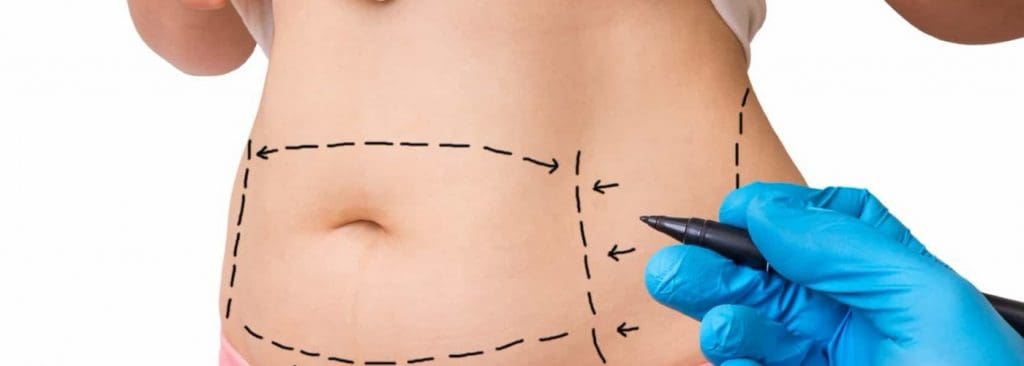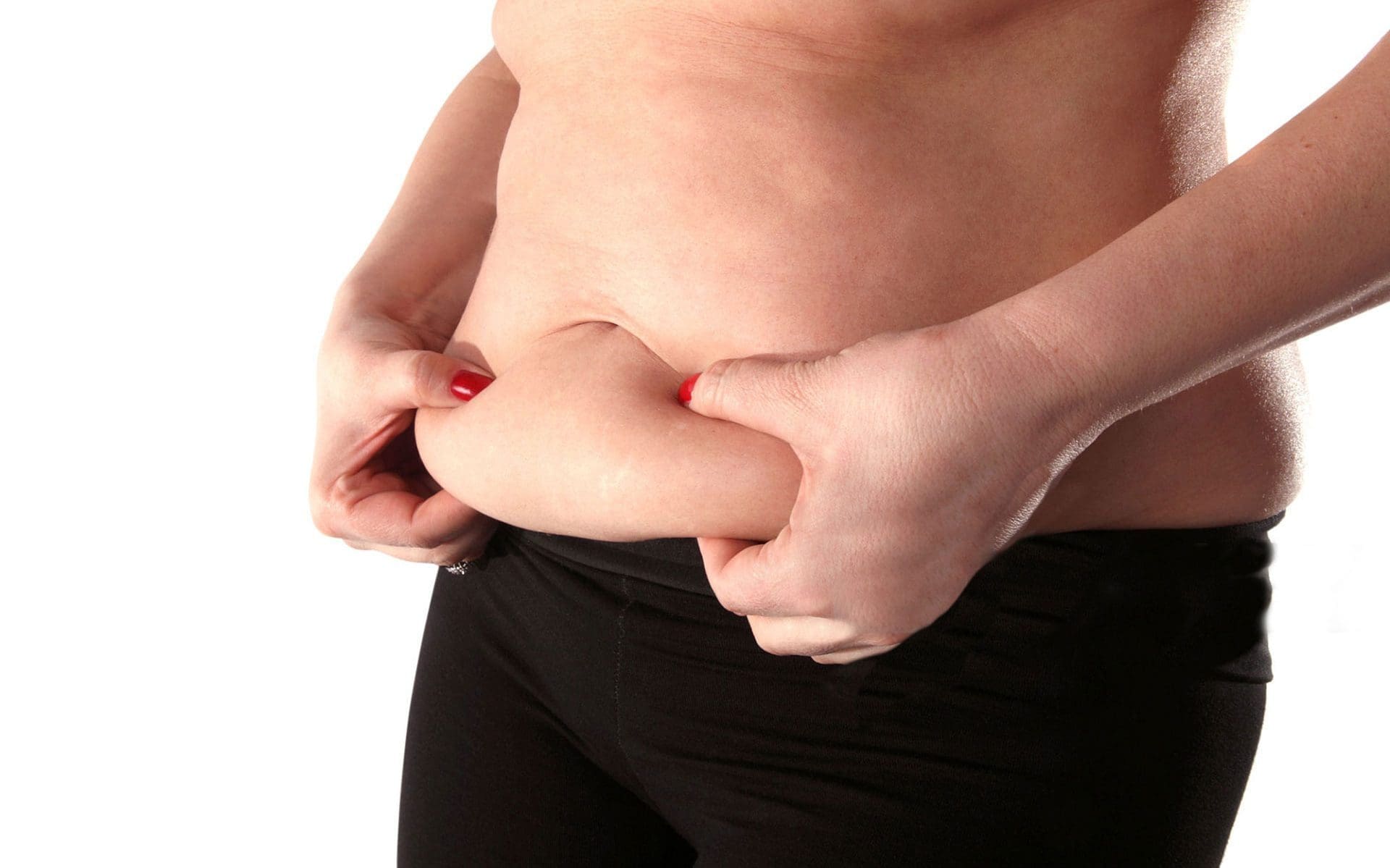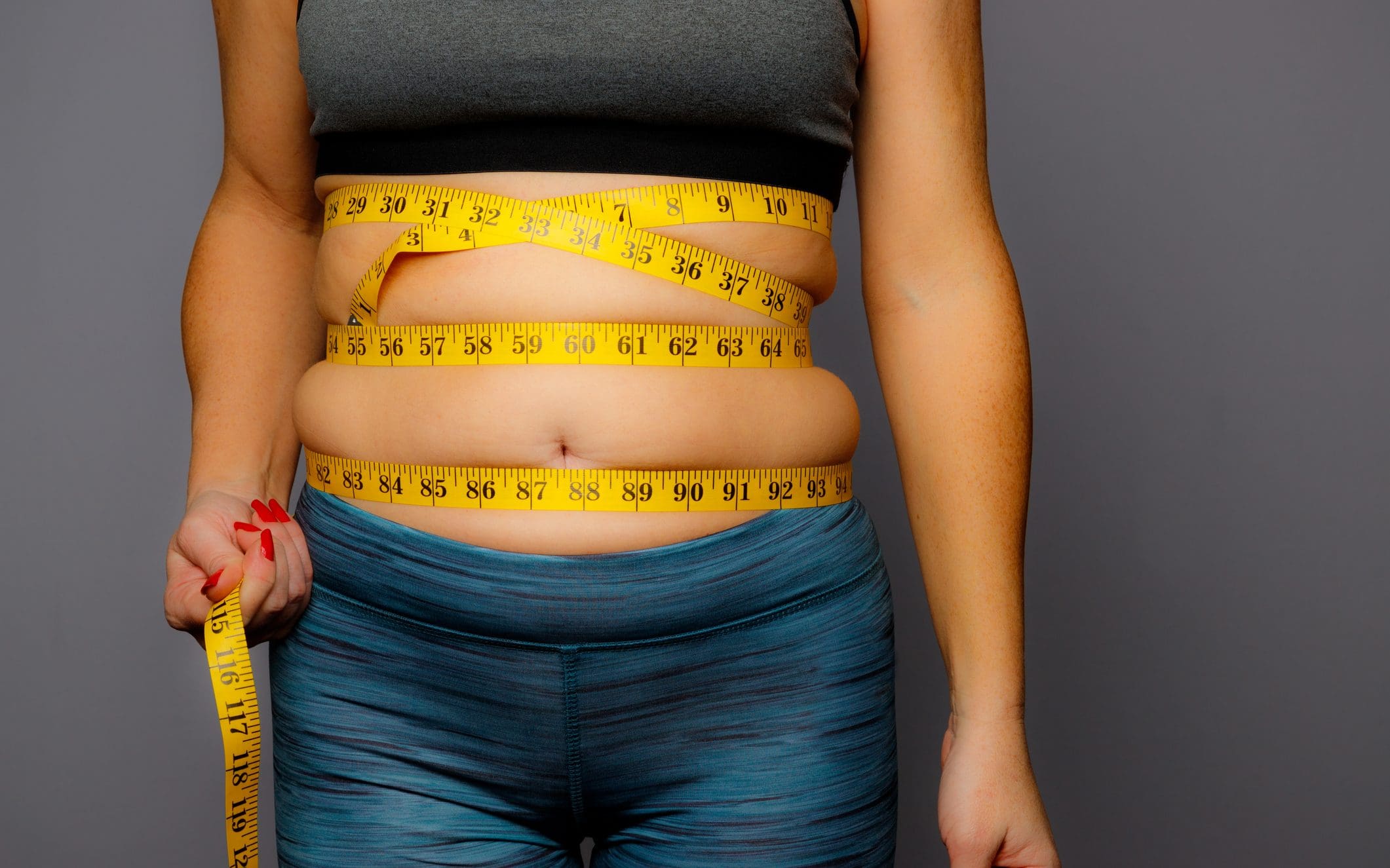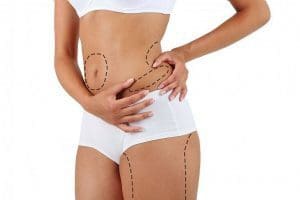Is Abdominoplasty Effective for Weight Loss?

Abdominoplasty is a surgical procedure aimed at improving the appearance of the abdomen by removing (lifting) excess skin and fat. This surgery is often performed on patients who have excess weight, have given birth, or have experienced significant weight loss, which has led to sagging skin on the abdomen. Abdominoplasty can significantly improve the appearance of the body and boost patients’ self-esteem. However, like any surgical procedure, it carries its own risks and limitations, and should only be performed under the guidance of an experienced and qualified surgeon.
Who is the Surgery Indicated For

Abdominoplasty may be indicated for people who have excess skin and fat in the abdominal area, caused by various factors such as:
-
- significant weight loss;
-
- pregnancy and childbirth;
-
- aging;
-
- genetic predisposition.
A good candidate for abdominoplasty is someone who:
-
- is generally healthy;
-
- has stable weight;
-
- has reached maturity (usually after 18 years old);
-
- does not smoke;
-
- understands the limitations and risks associated with the surgery.
However, before deciding to undergo the surgery, it is important to consult with an experienced plastic surgeon who will conduct the necessary analysis and evaluate the patient’s health to make an informed decision.
Myths About Tummy Tuck

The abdominoplasty surgery is often surrounded by myths and misconceptions. Some of the most common myths about tummy tucks include:
-
- Abdominoplasty is a quick weight loss solution. This is incorrect. Abdominoplasty is not intended for weight loss, but for removing excess skin and fat that cannot be eliminated with diet and exercise.
-
- After abdominoplasty, the stomach becomes flat and flawless. This is also untrue. The result of the surgery can be noticeable, but it depends on many factors, including the initial body condition, the surgical technique, and the doctor’s post-operative recommendations.
-
- Abdominoplasty leaves large scars. While surgery may leave small scars, a good surgeon strives to minimize their size and location so they are less noticeable.
-
- The recovery after abdominoplasty takes a very long time. While it is important to follow certain post-operative care guidelines, most patients can return to their daily activities a few days after the surgery.
It is important to remember that each case is unique, and before deciding to undergo abdominoplasty, one should consult with an experienced plastic surgeon and gather all necessary information about the risks and expected results.
Restrictions After Abdominoplasty

After the abdominoplasty surgery, it is important to follow certain restrictions to reduce the risk of complications and ensure quick and safe recovery. Some of the restrictions typically recommended after the surgery include:
-
- Avoid physical activity. In the first few weeks after surgery, it is important to avoid exercises and other physical activities that may strain the abdominal muscles.
-
- Do not smoke. Smoking will slow down wound healing and increase the risk of complications after surgery.
-
- Wear compression garments. After surgery, the doctor may recommend wearing compression garments to reduce swelling and speed up healing.
-
- Eat properly. It is important to monitor your diet, consuming sufficient amounts of proteins and other nutrients necessary for healing.
-
- Follow the doctor’s wound care instructions. After surgery, it is important to follow the surgeon’s instructions for wound care and take necessary precautions to prevent infection.
-
- Avoid taking aspirin and other medications that could increase the risk of bleeding.
All restrictions and self-care guidelines after abdominoplasty should be discussed with the doctor to ensure the best outcome and minimize the risk of complications.
Side Effects of Abdominoplasty

Like any other surgical procedure, abdominoplasty can cause side effects. Some of the most common side effects include:
-
- Swelling and bruising. These are common side effects after surgery, and the recovery period may last several weeks.
-
- Pain and discomfort in the surgery area. Patients may feel pain or just discomfort in the abdominal area for several weeks after surgery.
-
- Sensation of tightness in the abdomen. This side effect usually goes away within a few days or weeks after surgery.
-
- Unfavorable scarring. While scarring is inevitable, an experienced surgeon will do their best to minimize scars and place them in inconspicuous areas.
-
- Infection. Although rare, infections can occur after surgery and require treatment with antibiotics.
-
- Blood clots. In rare cases, blood clots can form after surgery, which can cause complications if not treated promptly.
Patients should inform their doctor about any unusual symptoms after surgery to receive prompt treatment and prevent complications.
Recovery Process After Abdominoplasty

The recovery process after abdominoplasty depends on the individual, the scale of the surgery, and the patient’s general health. However, there are general recommendations for recovery:
-
- First 2–3 weeks: Patients usually spend this time at home, avoiding any strenuous activities and following the doctor’s recommendations for care and wearing compression garments.
-
- 4–6 weeks: Gradually return to normal activities, but avoid lifting heavy objects and intense physical exercise.
-
- 3 months and more: Full recovery and stabilization of the result typically occur after 3-6 months, with a final result visible in a year.
For faster recovery and better results, it is important to follow the doctor’s instructions and avoid strain on the abdominal area.








